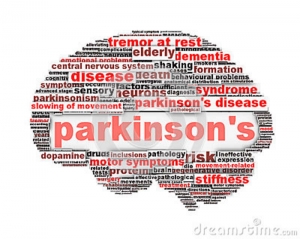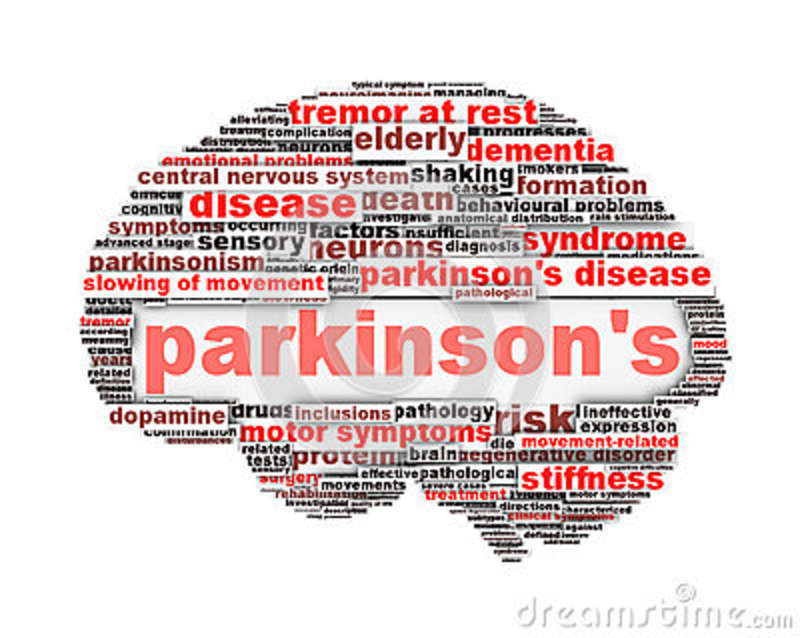 What is Parkinson’ Disease?
What is Parkinson’ Disease?
Parkinson’s disease is a progressive disease, and while treatments for it are becoming more advanced every day, it’s still a disease that cannot be cured. It starts silently—often with a minor tremor or difficulty moving as quickly as you once did. Over time, however, the disease will affect everything from your speech to your ability to walk and express emotions on your face. For that reason, an important part of a successful Parkinson’s treatment plan is recognizing and managing secondary symptoms, those that affect your day-to-day life.
Symptoms of Disease
Developed Parkinson’s has typical symptoms and signs that are displayed in most patients. However, it is difficult to diagnose Parkinson’s at its initial stages because the symptoms are considered insignificant. Neuroimaging tests (e.g. MR) may be done to confirm such a diagnosis.
Perceptible symptoms:
• Tremors: shaking in hands especially when they are at rest
• Slow movement: trouble to start any heavy muscular work
• Inflexible limbs: stiffness, weakness, aching, muscle tenseness
• Deprived stability and coordination: difficulty with walking
• Urinary problems and constipation
• Difficulty in sleeping
• Problems of too oily or too dry skin
• Giddiness and problems with speech
While medical professionals do not have an accurate blood or imaging test/scan to diagnose Parkinson’s disease, Parkinson’s specialist performs diagnosis based on an evaluation of prominent symptoms usually presented in a progressed stage. The development of the disease
varies in individuals; therefore their symptoms can vary significantly according to their particulars of sleep and the daily stress-levels. After diagnosis, physical therapists can help manage symptoms, improve function, and sustain a higher quality of life.
Pharmaceutical Interventions
Sinemet (carbidopa/levodopa) is the only medicine that controls the symptoms of Parkinson’s by replacing dopamine. Most patients can use it to control their disease for several years. Doctors prefer to initially prescribe a low dosage because the body eventually reacts less to the treatment and high-doses have severe side-effects. It is absorbed in your blood and transported to your brain. Foods rich in protein often include substances that compete with Sinemet for entry in the brain. Doctors suggest maintaining body weight and having appropriate level of protein in your
Diet with your medication.
Permax acts as a substitute for the action of dopamine and reduces the likelihood for dyskinesias, or impairment of voluntary movements resulting in fragmented or jerky motions.Symmetrel (amantadine hydrochloride), Artane (trihexyphenidyl HCl), and Cogentin (benztropine mesylate) promotes nerve cells to released stored dopamine and is useful in cases of earlier stages of Parkinson’s disease.
Physical Therapy
It is important in the treatment of Parkinson’s disease to continue normal muscle tone. To maximize the benefits of medication, daily exercises and activities are often optimal therapy.
Basic exercises:
• Bring the toes up with every step.
• While walking or turning, widen your legs by 10 inches to prevent falling.
• Practice walking and turning daily at least for 15 minutes.
• Practice quick side tracks of the body to ensure good body balance.
• While walking, swing the arms freely to reduce the fatigue.
• Carry a bag with weight to decrease the bend having on one side.
• Practice a difficult work repeatedly every day and it will be easier after some days.
• Raise your arms and stretch as possible as you can towards the sky.
• Practice singing, reading and making faces in front of mirror.
• Practice chewing hard and move the food around the mouth.
Proper sleep (quality, duration, and patterns) can also be helpful to diminish the symptoms of
Parkinson’s. Tremors in Parkinson’s disease readily disappear after sleep.The accurate and early diagnosis of Parkinson’s disease is essential for proper management, however, misdiagnosis is a very common problem faced by most patients. Though the biomedical community has not mapped the neuropathogenesis of Parkinson’s to specific pathways, research is in progress and additional therapists are being investigates. The progression of Parkinson’s disease presents intra-patient discrepancies; therefore, treatment must be individualized. In all, basic physical therapy and educational and support resources aid patients and augment the positive effects of anti-Parkinson’s medication.
Home Program
Physical therapy home treatment can help you adjust as the disease progresses and help you stay independent for as long as possible. The quality of your life may depend in part on your ability to continue working, take care of a home, care for your family, and remain independent. You may need adaptive devices such as canes or walkers as the disease progresses.Parkinson’s disease is unique in the way it affects individuals, and the care for the condition often needs to be just as specialized. Rehab Experts professionals can design a management plan that incorporates physical therapist as well as assistance with homemaking tasks and physical treatment.
References:
Health Line http://www.healthline.com/health/parkinsons/side-effects
Brain Blogger http://brainblogger.com/2006/08/13/parkinsons-disease-pharmaceutical-and-
physical-therapies/
WebMD http://www.webmd.com/parkinsons-disease/tc/parkinsons-disease-home-treatment

